When we think of borders, we often think of dividing lines on the maps that bring with them wars and bloodshed. We, however, forget these borders are drawn through towns and cities, that have their own topography, civilisation and bustling culture. One such person who looks at these borders from an entirely different perspective is Niharika Arora popularly known as the Iffy Explorer. As a travel content creator, she has been to distant lands and unexplored gems but what sets her apart from her contemporaries is her ‘What’s at the Border’ series, in which she travels to different towns that make up the geopolitical borders of India. This Independence Day, we at Social Nation learnt so much about our land, its people and its culture from the travel maestro, the Iffy Explorer, in an exclusive interview.
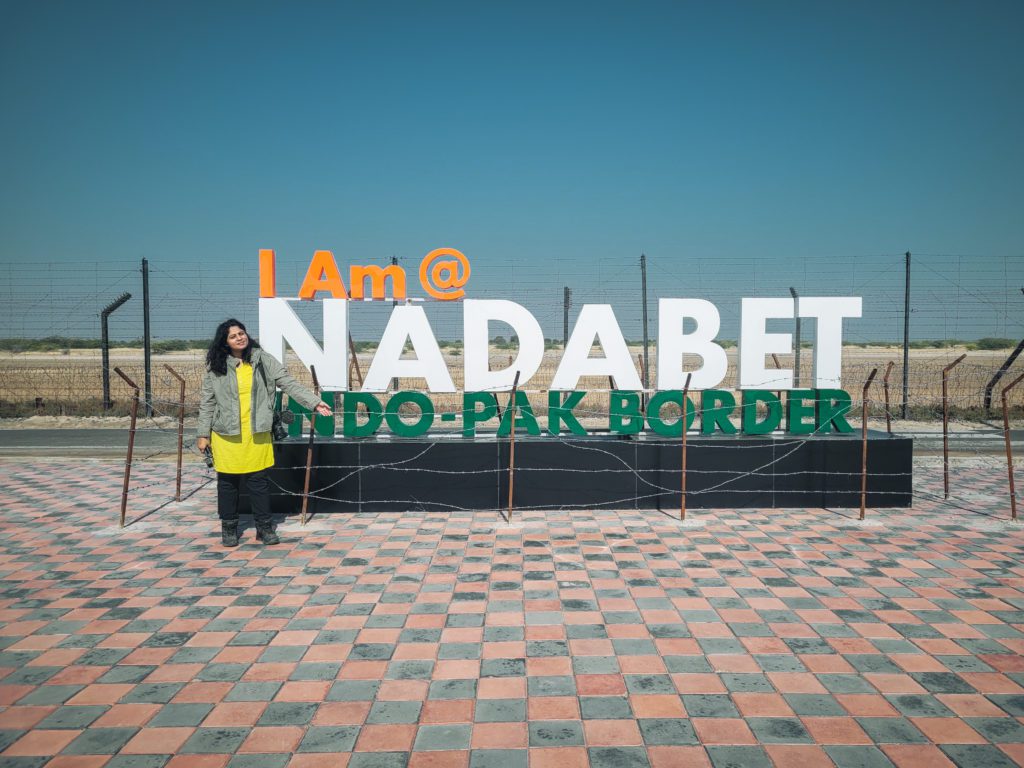
SN: What intrigued you to explore the borders of India?
Niharika: Raised in a Punjabi household, I was immersed in the poignant narratives of partition, narrated by my grandparents who traversed from Lahore to their newfound home in India. This upbringing forged a profound bond with the villages and locales that inhabit India’s international fringes.
My architectural pursuits further deepened this connection. The projects I undertook consistently led me to the secluded hamlets nestled along India’s borders. As I embarked on documenting my journeys for online audiences, I discovered a dearth of information about these enigmatic places, stroking my curiosity even more.
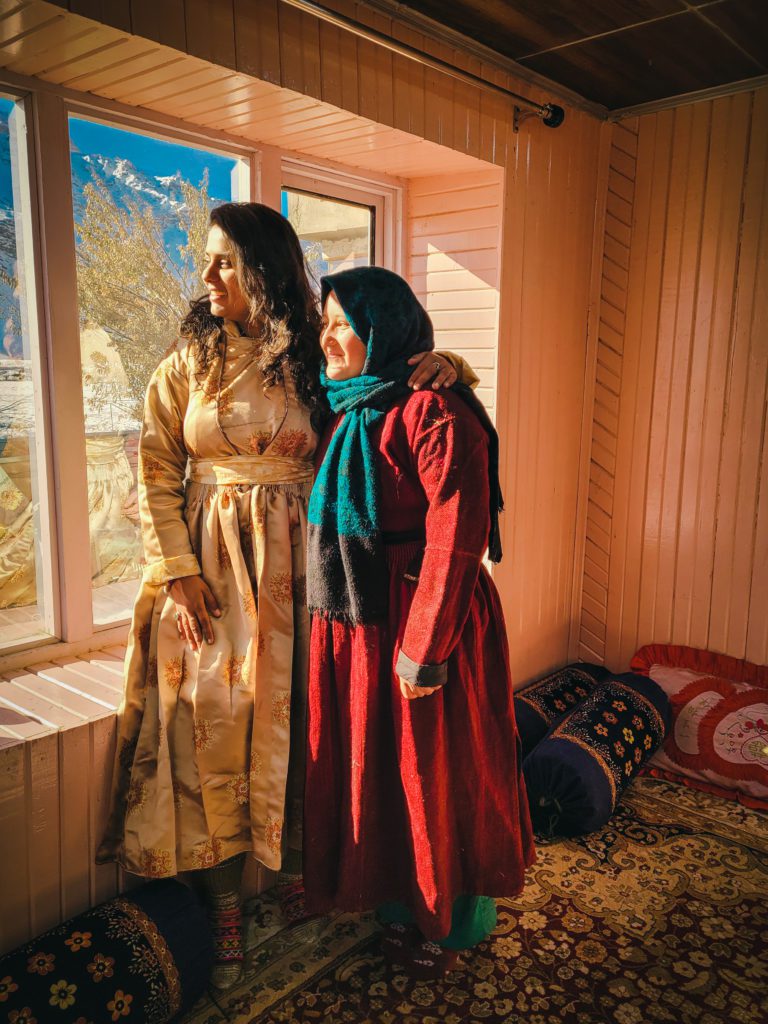
SN: Can you share one of your most memorable experiences from your travels to the border?
Nharika: I remember travelling to Kashmir to finally see and feel how living at the Line of Control (LoC) on the Indian side feels like. It was an emotionally tiring journey to see a land being torn with a line that has seen numerous wars and bloodshed.
Also Read: 8 Offbeat AI-Driven Job Sites You Need To Check Out
It became memorable with the unparalleled hospitality of the locals from the villages of URI, Teethwal, Keran, Gurez, Tulail and Machhal. Their lives are always on the edge yet they don’t make you feel so. The amount of nationalism in their hearts still inspires me.
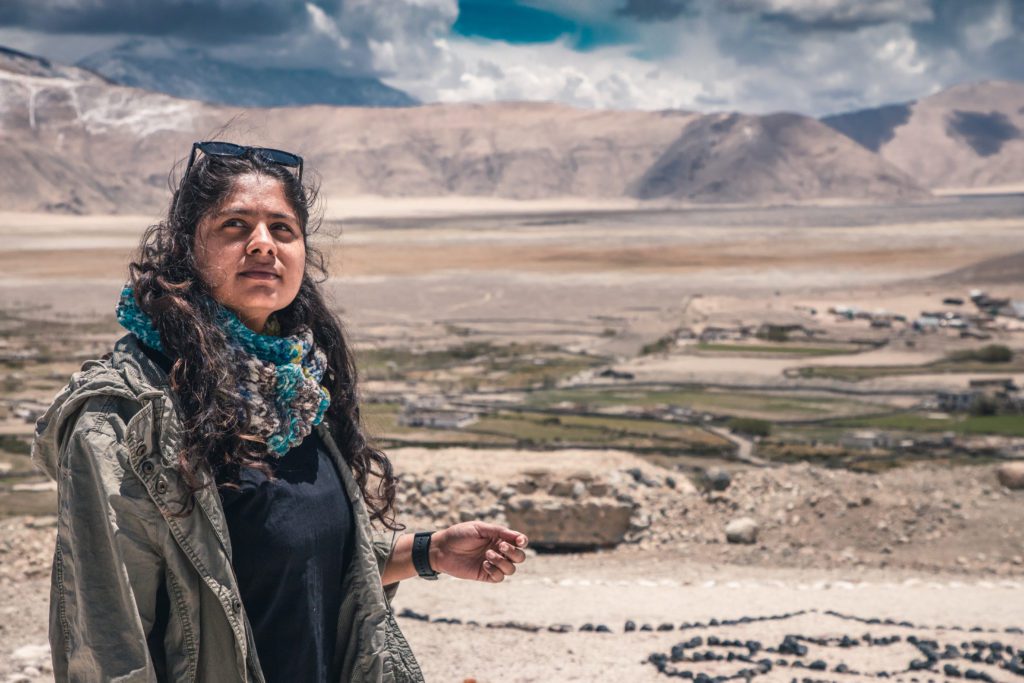
SN: How safe is it for a woman traveller to travel to the border, solo?
Nikarika: Our borders are guarded by the Indian army and other defence forces. They make sure to help civilians irrespective of their gender in any case, at any given point. With this fact in mind, I fearlessly venture to these border locations, which are also inhabited by lesser-known villages. These border villages and border towns become my places of stay and base for exploration. As per my past experiences, I, as a woman, have never felt unsafe in these locations. Locals have been really helpful to me on the other hand.
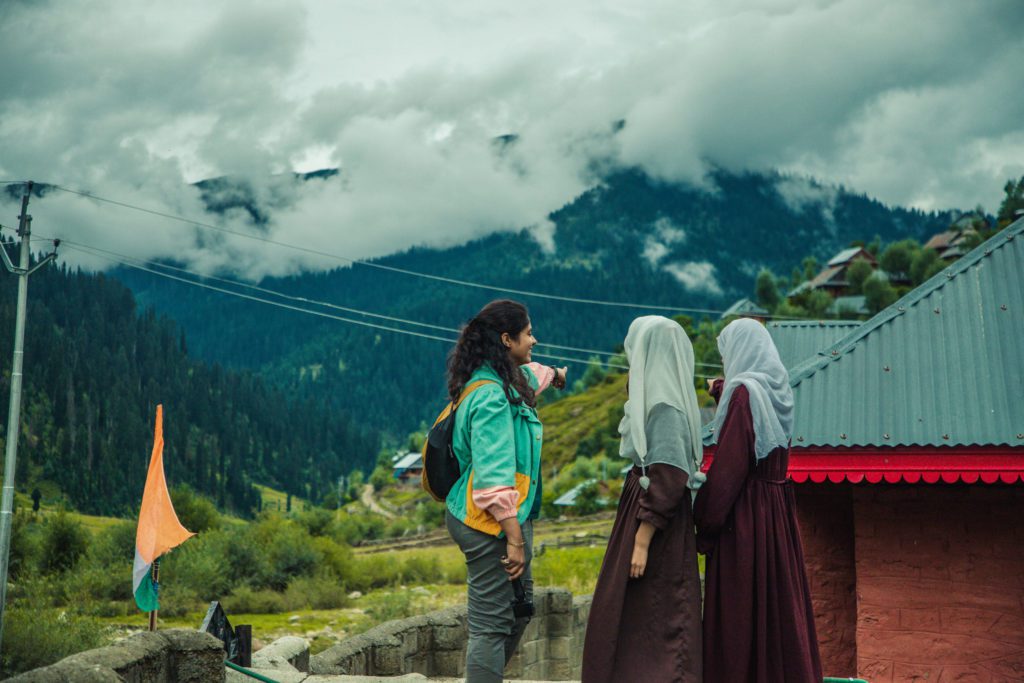
SN: Which is the one place in India that you would recommend every traveller to visit at least once in their lifetime?
Niharika: 1. Nadabet Border in Gujarat (There is a war museum, zero line experience, event park, and other things to experience there)
2. Arunachal’s Tawang area is easily accessible to tourists and offers a lot of sightseeing options from monasteries to natural beauty.
3. Ladakh’s Kargil district and its people are a living testimony to the most recent Indo-Pak war of 1999. People can visit unexplored regions like Suru Valley, Drass, Batalik sector, etc.
4. Kashmir’s Keran village, where POK (Pakistan Occupied Kashmir) is just a stone’s throw away.
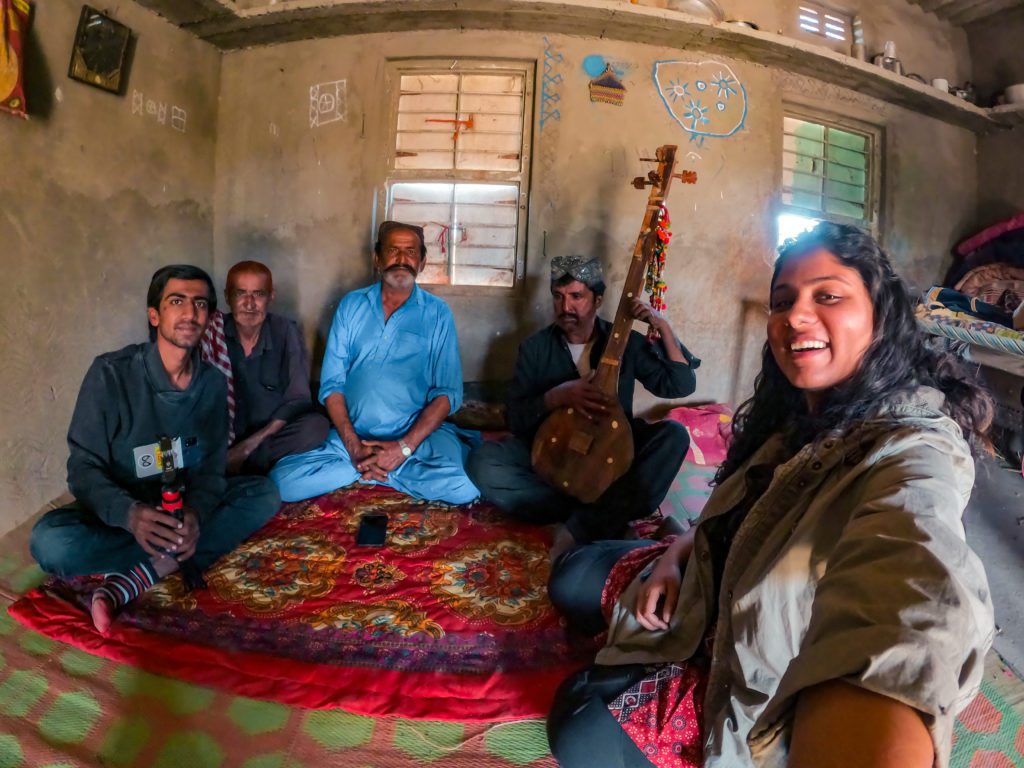
5. Kartarpur Gurudwara, which is at a distance of only a few kilometres from India’s Punjab, should be visited to experience Pakistan for half a day.
6. Apart from the usual Wagah-Attari border ceremony, the Hussainiwala border ceremony is also a must-watch in Punjab.
7. Towards the maritime border area, Rameshwaram should also be visited, especially the Dhanushkoti village.
Out of all these amazing experiences, one shouldn’t miss out on the Drass sector of Ladakh’s Kargil. This place has been 1999’s war battleground yet is mesmerising at every turn. There are green valleys yet there is a sense of a barren Ladakhi landscape. The region is inhabited by the Sheena Tribe who once came from Gilgit in PoK.
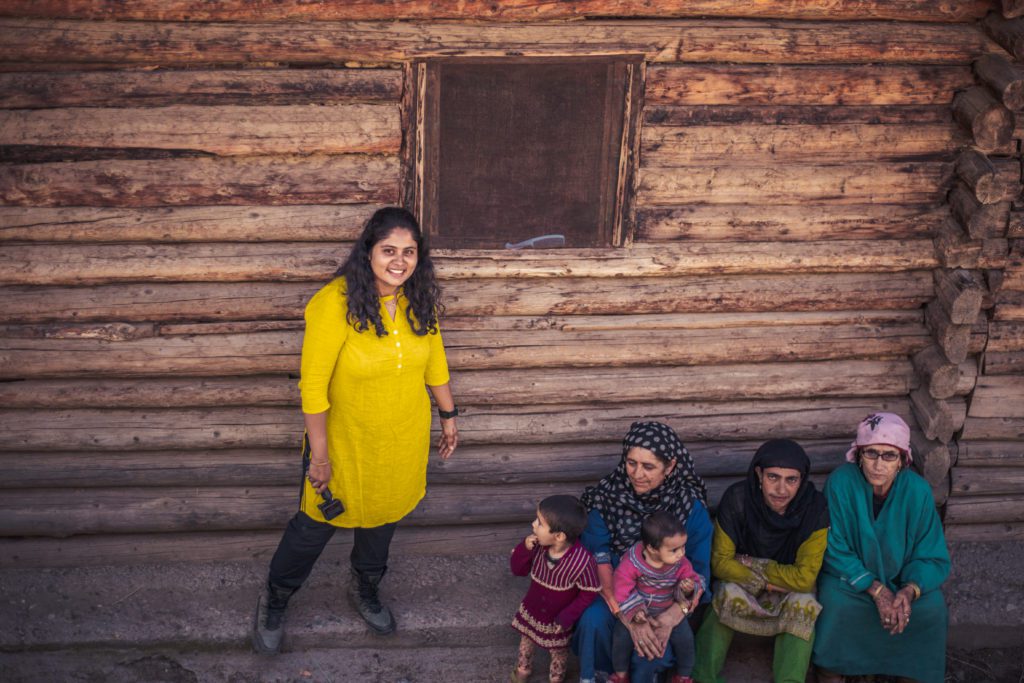
SN: What are some of the things to keep in mind before travelling to the borders?
Niharika: It’s important to thoroughly research and roughly plan the trip ahead of time. Many of these places require permission from the army and local government bodies to visit. Since public transportation is limited in these regions, having your own vehicle is suggested.
While more tourists are being welcomed in these areas now, it’s crucial to always respect the boundaries and privacy of the local communities. Additionally, be mindful of camera rules, as some spots might have restrictions due to national security concerns. Digital traces cannot be erased, and neighbouring countries often keep a watchful eye on these regions.
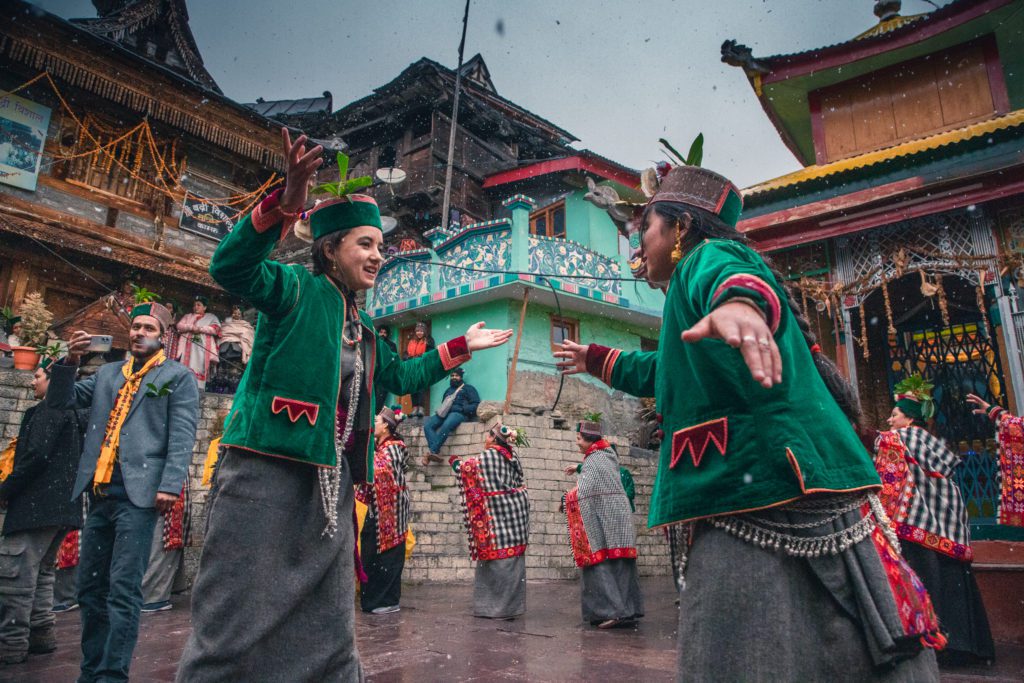
SN: On Independence Day, tell us how your experiences strengthen your belief towards your country.
Niharika: Our independence was won by the efforts of lakhs of people. Even after years of being an independent nation, domination of land and power games, rules us all. These borders and regions located on the borders are a big part of this. To stay free from enemy clutches and neighbouring domination, today many people are fighting so that we can stay independent as we are.
I have been fortunate to meet many such locals from the border villages of India. In the Drass and Batalik sector of Ladakh, I have met people who were with the Indian army day in and day out during the war of 1999. Their stories of selfless love and nationalism for India never fail to give you goosebumps.
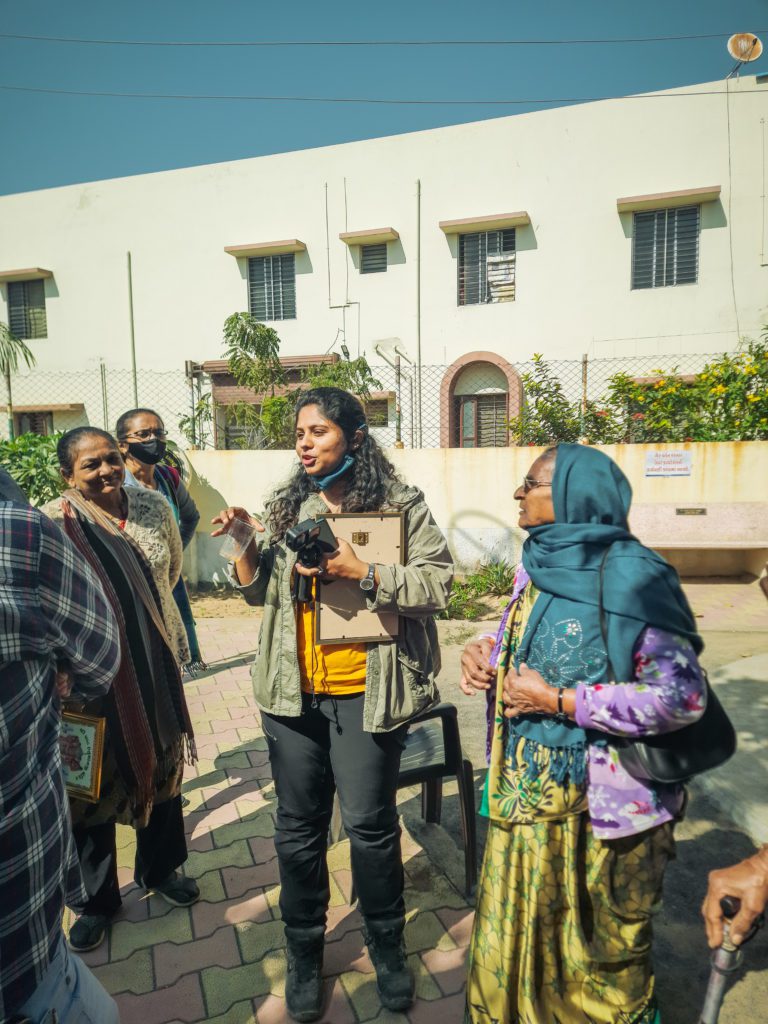
SN: What is the one message that you would like to share with your audience through your series – #WhatsAtTheBorder?
Niharika: Across the world, these borders might separate us, but it’s crucial to remember that the blending of cultures right at these dividing lines teaches us powerful lessons about being human. We should always see ourselves as citizens of this planet, Earth, united in our shared experiences. At the same time, we can still proudly hold onto our loyalty and love for our own nations. It’s a beautiful balance that keeps us connected and rooted in our identities.
SN: Where next are you heading and what kind of content are you planning to document for your audience?
Niharika: I will be heading out to cover the border areas of Andaman and Nicobar Island, Rajasthan, Uttarakhand and Sikkim this year. I have been also planning to take this venture internationally and make it global, since border towns everywhere around the world have untouched cultures and interesting stories.
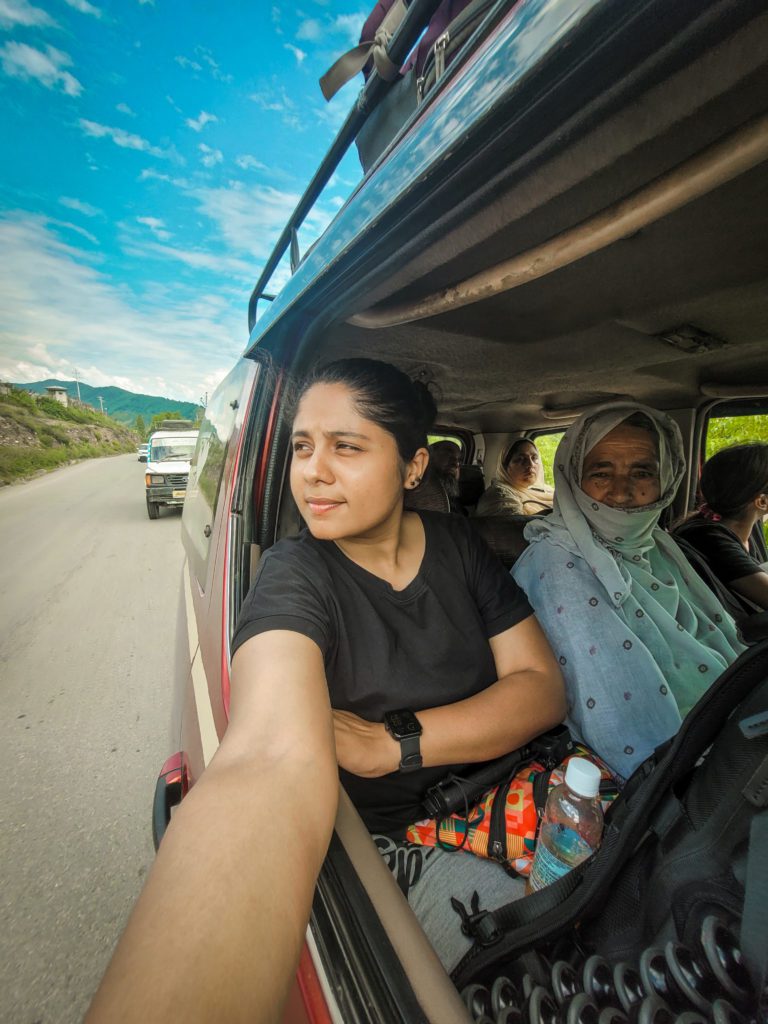
Speaking to Niharika has given us a sense of pride for our beloved motherland which is filled with wonders. Surely, this fervour will not end with Independence Day but we will carry it forward for much longer. The Iffy Explorer is one such creator who has shown the raw, uncharted but beautiful side of India which we can’t wait to experience ourselves. Her videos in reality have contributed to the boom of the tourism industry, which eventually contributed to the overall growth of the country. If you haven’t seen her feed, go watch it now.


